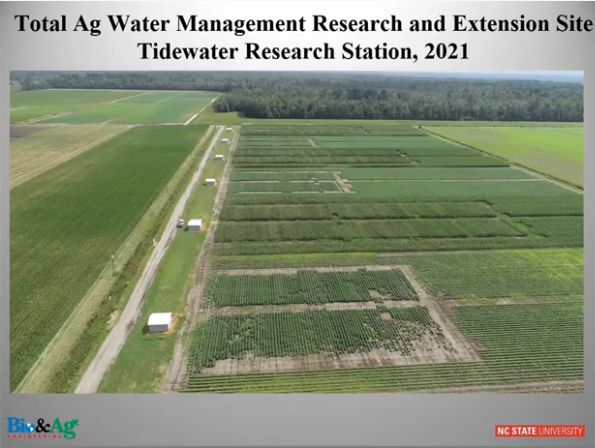Water Key Input in Corn Production, but Too Much …..
go.ncsu.edu/readext?853120
en Español / em Português
El inglés es el idioma de control de esta página. En la medida en que haya algún conflicto entre la traducción al inglés y la traducción, el inglés prevalece.
Al hacer clic en el enlace de traducción se activa un servicio de traducción gratuito para convertir la página al español. Al igual que con cualquier traducción por Internet, la conversión no es sensible al contexto y puede que no traduzca el texto en su significado original. NC State Extension no garantiza la exactitud del texto traducido. Por favor, tenga en cuenta que algunas aplicaciones y/o servicios pueden no funcionar como se espera cuando se traducen.
Português
Inglês é o idioma de controle desta página. Na medida que haja algum conflito entre o texto original em Inglês e a tradução, o Inglês prevalece.
Ao clicar no link de tradução, um serviço gratuito de tradução será ativado para converter a página para o Português. Como em qualquer tradução pela internet, a conversão não é sensivel ao contexto e pode não ocorrer a tradução para o significado orginal. O serviço de Extensão da Carolina do Norte (NC State Extension) não garante a exatidão do texto traduzido. Por favor, observe que algumas funções ou serviços podem não funcionar como esperado após a tradução.
English
English is the controlling language of this page. To the extent there is any conflict between the English text and the translation, English controls.
Clicking on the translation link activates a free translation service to convert the page to Spanish. As with any Internet translation, the conversion is not context-sensitive and may not translate the text to its original meaning. NC State Extension does not guarantee the accuracy of the translated text. Please note that some applications and/or services may not function as expected when translated.
Collapse ▲We have known for decades that lack of water just prior to the appearance of the silks and tassels through to early kernel development of corn can cause significant yield reductions. However, farmers have suspected that wet areas of fields have been hurting their bottom-line based on monitors mounted on their combines that record yield as they’re harvesting. Recently, research by Dr. Chad Poole, Water Resiliency Extension Specialist, Biological and Agricultural Engineering, NC State University has documented that too much water can be detrimental to corn.
This study was conducted at a one-of-a-kind field research site at the Tidewater Research Station in Plymouth that was able to control the soil moisture levels with drain tile as well as supply water via irrigation. The study evaluated the performance of corn hybrids with three water management systems (intensive drainage, economical drainage, and poor drainage). There was a wealth of data generated with this study, but I will focus on the impact of drainage on corn yield. Although it was one year’s data, Dr. Poole found the intensive drainage system compared to the poor drainage system resulted in the poor drainage yielding 72 bushels per acre less. When comparing the economical drainage to poor drainage, poor drainage was 52 bushels per acre less than the economical drainage system. Those reductions in yield by soils being too wet is huge.
This study provides figures, both bushels and dollars, to show the effects of too much water on corn. In eastern North Carolina, especially the tidewater regions that has elevations close to sea level resulting in shallow water tables, it is a constant struggle for farmers to keep their fields drained such that the soils are not too wet.
With the results of this study, I can hear farmers minds spinning, but also the sound of screeching brakes because of the fact that there is a big price tag with drainage of farm land. Without getting into the details, the whole process of managing drainage requires some forethought and planning as well as money. Improving drainage will require looking at each farm and/or field and deciding what you need to do. Improving drainage could involve land-shaping, ditching or rearranging ditches, and/or underground tiles with possibly some type of water control devices. With proper planning, a drainage design could possibly be implemented in phases. If you would like to get more details on the topic of water management for crops , contact Dr. Chad Poole via email at capoole2@ncsu.edu.
Use the following link to view a recording of the program that Dr. Poole conducted for northeastern NC farmers about various aspects of water management including research referred to in this article: https://go.ncsu.edu/toomuchwateroncorn




